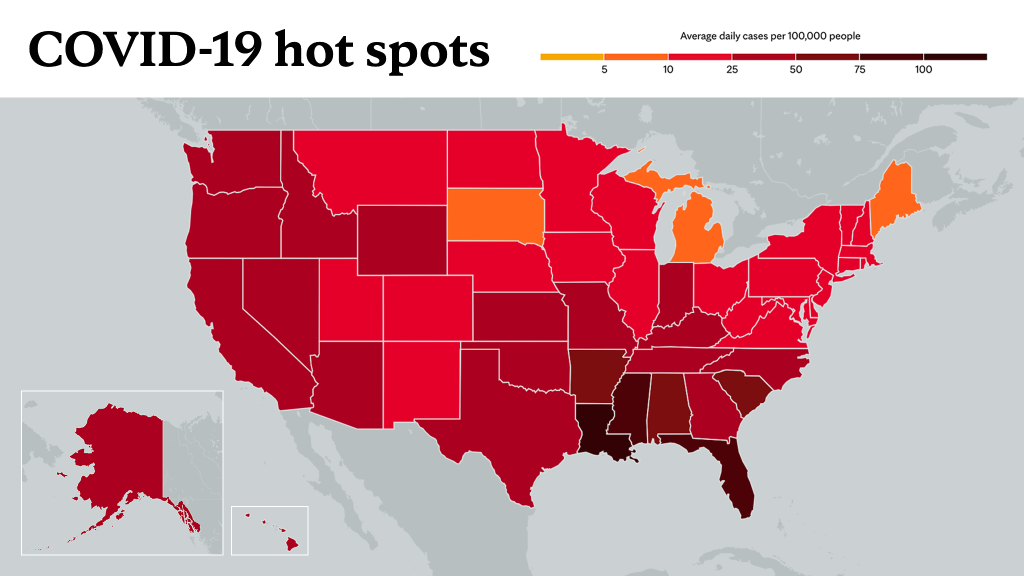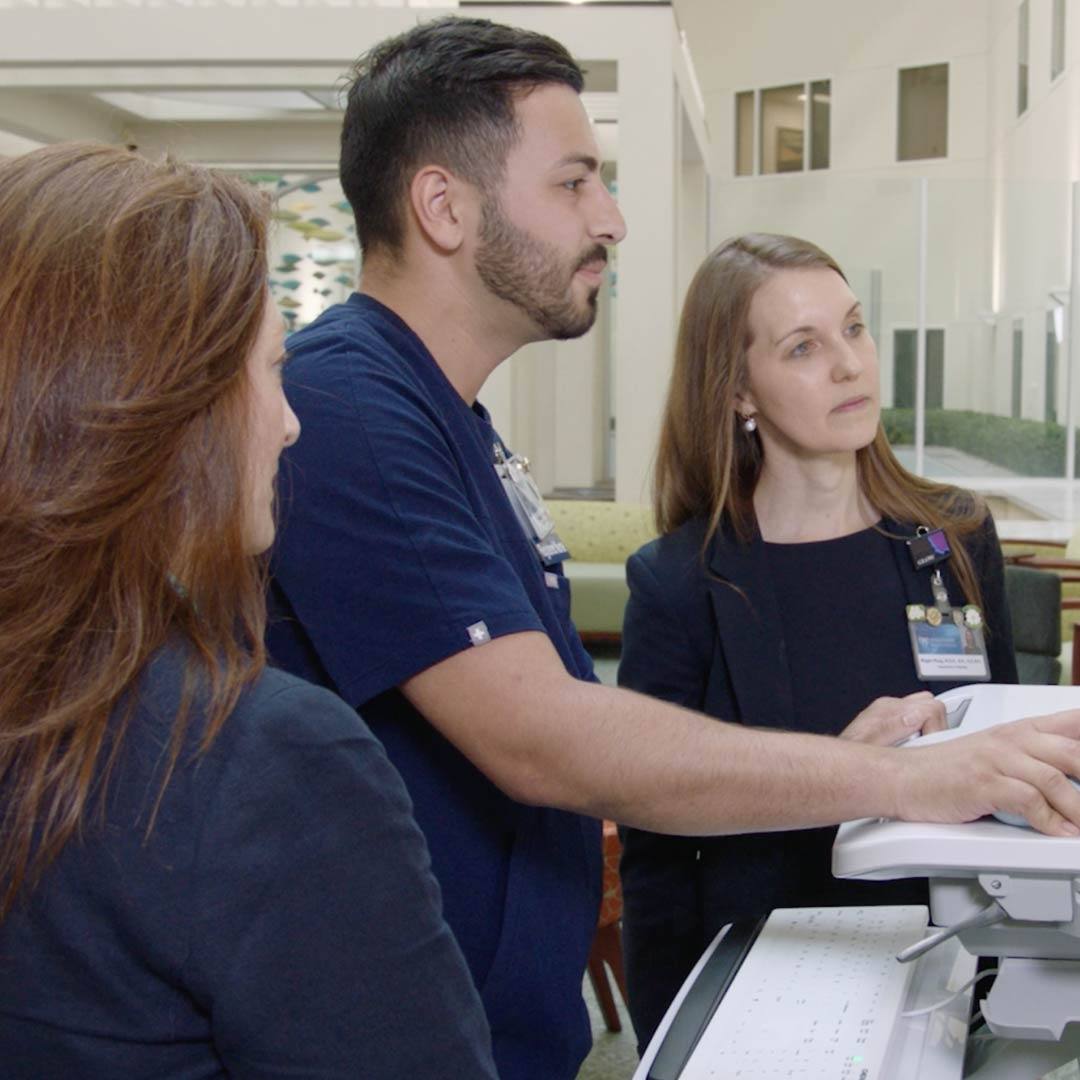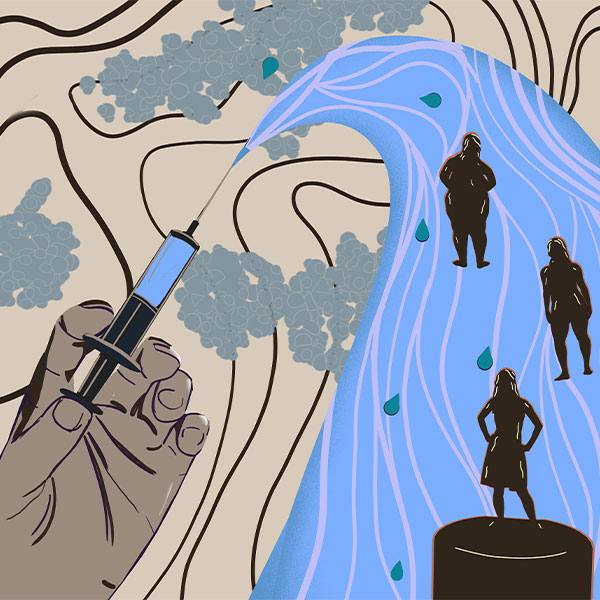
COVID-19 vaccines remain the best defense against COVID-19. However, no vaccines are 100% effective at preventing illness in vaccinated people, and a small percentage of breakthrough cases are expected, according to the Centers for Disease Control and Prevention (CDC). Breakthrough COVID-19 cases are receiving a lot of attention, but they are not what's driving the current surge.
Watch: Mayo Clinic expert discusses breakthrough COVID-19 cases.
Journalists: Broadcast-quality sound bites are in the downloads at the bottom of this page. Please courtesy, "John O'Horo, M.D./Infectious Diseases/Mayo Clinic."
In this Q&A, Dr. John O'Horo, a Mayo Clinic infectious diseases specialist, discusses what people should know about breakthrough cases of COVID-19.
What are breakthrough COVID-19 cases?
Breakthrough cases can refer to a couple of things. Most commonly it is being used to refer to somebody who has an infection with COVID-19, despite being vaccinated. I think that definition is a little bit overly broad because many of the people who are vaccinated have little to no symptoms, and we're only finding out about this because we're doing testing before procedures or testing before travel. That ends up making it sound like the vaccines aren't necessarily working as well as they should. However, what the vaccines were really built for, and what they do quite admirably, is reduce the incidence of severe disease, meaning those who get hospitalized.
Who is being impacted by breakthrough cases?
We are seeing some breakthrough hospitalizations, where someone is vaccinated and still gets severe disease. In most of these cases, the disease probably would still be worse if they hadn't been vaccinated in the first case. We're also seeing that these breakthrough hospitalizations tend to happen in people who we'd expect to have weaker immune systems and might not have the same lasting protection from the vaccine.
When we look at where these breakthroughs that require hospitalizations come from, they do fit into a few categories, all of which seem to point to having a weakened immune system, such as people who are transplant patients or are on active chemotherapy, and a few related illnesses. We haven't yet been able to rank what the relative risk is of all of these. Fortunately, these cases are rare enough that it's going to take time to study them methodically and get enough of them to determine where trends really exist.
What's ahead?
The delta variant surge is far from behind us and is likely to continue to accelerate, particularly in communities with lower rates of vaccination. What we've seen in other countries is that delta seems to hit fast and hard, so this peak will probably come in the next several weeks, and then we'll see a period of rapid decline.
Going into the winter, it will be difficult to predict exactly what's going to happen at this point. Our best chance of avoiding another wave and having a more normal winter is for as many people as possible to get vaccinated.
The U.S. continues to do monitoring of new and emerging variants, and there is ample international attention on the variants of concern throughout the world. But when it comes to what effect vaccines have on variants, every time that somebody gets infected, that presents an opportunity for a variant to emerge. The more people who get vaccinated, the fewer opportunities there will be for a mutation to develop into a new variant.
For the safety of its patients, staff and visitors, Mayo Clinic has strict masking policies in place. Anyone shown without a mask was either recorded prior to COVID-19 or recorded in a nonpatient care area where social distancing and other safety protocols were followed.
Information in this post was accurate at the time of its posting. Due to the fluid nature of the COVID-19 pandemic, scientific understanding, along with guidelines and recommendations, may have changed since the original publication date.
For more information and all your COVID-19 coverage, go to the Mayo Clinic News Network and mayoclinic.org.
Learn more about tracking COVID-19 and COVID-19 trends.

Related Articles






